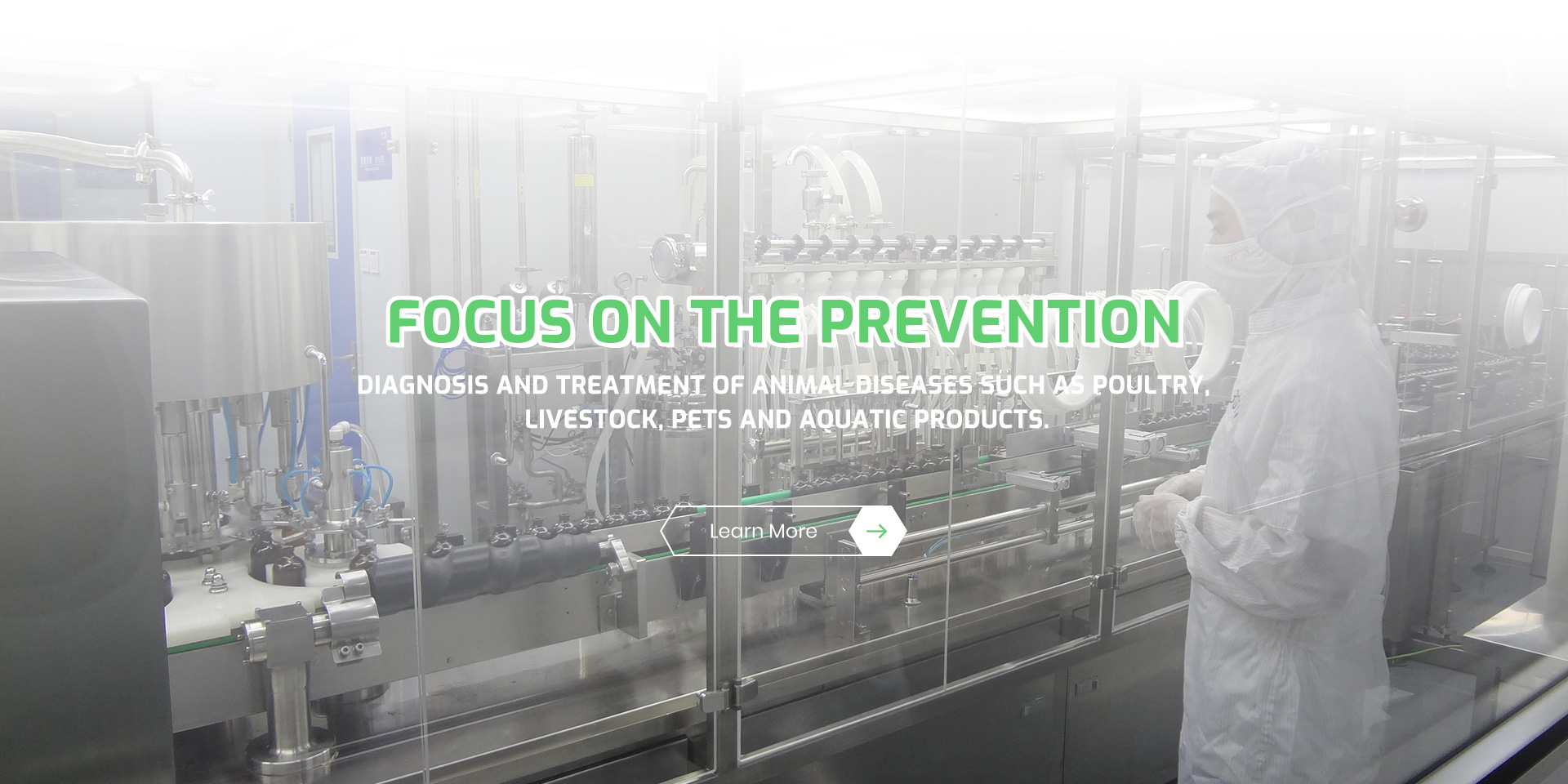- Afrikaans
- Albanian
- Amharic
- Arabic
- Armenian
- Azerbaijani
- Basque
- Belarusian
- Bengali
- Bosnian
- Bulgarian
- Catalan
- Cebuano
- Corsican
- Croatian
- Czech
- Danish
- Dutch
- English
- Esperanto
- Estonian
- Finnish
- French
- Frisian
- Galician
- Georgian
- German
- Greek
- Gujarati
- Haitian Creole
- hausa
- hawaiian
- Hebrew
- Hindi
- Miao
- Hungarian
- Icelandic
- igbo
- Indonesian
- irish
- Italian
- Japanese
- Javanese
- Kannada
- kazakh
- Khmer
- Rwandese
- Korean
- Kurdish
- Kyrgyz
- Lao
- Latin
- Latvian
- Lithuanian
- Luxembourgish
- Macedonian
- Malgashi
- Malay
- Malayalam
- Maltese
- Maori
- Marathi
- Mongolian
- Myanmar
- Nepali
- Norwegian
- Norwegian
- Occitan
- Pashto
- Persian
- Polish
- Portuguese
- Punjabi
- Romanian
- Russian
- Samoan
- Scottish Gaelic
- Serbian
- Sesotho
- Shona
- Sindhi
- Sinhala
- Slovak
- Slovenian
- Somali
- Spanish
- Sundanese
- Swahili
- Swedish
- Tagalog
- Tajik
- Tamil
- Tatar
- Telugu
- Thai
- Turkish
- Turkmen
- Ukrainian
- Urdu
- Uighur
- Uzbek
- Vietnamese
- Welsh
- Bantu
- Yiddish
- Yoruba
- Zulu
Aug . 29, 2024 04:25 Back to list
Effective Solutions for Killing Lice on Dogs | Pet Care Tips
What Kills Lice on Dogs?
Caring for a dog involves ensuring their health and well-being, which includes addressing infestations, such as lice. While fleas and ticks are often the most talked-about parasites, lice can also pose a significant threat to our furry friends. Understanding what kills lice on dogs is essential for pet owners to maintain their pets' hygiene and comfort.
Lice are tiny, wingless insects that live on the skin and feed on the blood of their hosts. They can cause itching, discomfort, and even secondary infections if left untreated. The first step in dealing with lice is to confirm their presence. Symptoms may include excessive scratching, biting at the skin, and visible signs of lice or their eggs (nits) in the fur.
What Kills Lice on Dogs?
When it comes to killing lice on dogs, there are several approaches. The most common are topical treatments specifically designed for lice control. These products may come in the form of shampoos, sprays, or spot-on treatments. Look for veterinary-approved products that contain ingredients like pyrethrins or permethrin, which are effective insecticides targeting lice.
what kills lice on dogs

In addition to topical treatments, it's essential to maintain your dog's hygiene. Regular grooming can help remove lice and nits from the fur. Use a fine-toothed comb, ensuring you comb through the entire body, especially the areas behind the ears and under the legs, where lice tend to hide. Bathing your dog with a medicated shampoo designed to eliminate lice can also be beneficial in conjunction with combing.
Moreover, it's vital to treat your dog's environment. Lice can survive in bedding, grooming tools, and carpets. Wash your dog's bedding and any fabric items they frequently come into contact with in hot water to kill any lingering lice or eggs. Additionally, vacuum your home thoroughly to remove any debris or residual eggs.
Preventive measures can help minimize the risk of lice infestations. Regular grooming, maintaining a clean environment, and keeping your dog away from other infested animals will significantly reduce the chances of lice taking hold.
In conclusion, lice infestations in dogs can be effectively treated with the right approach. Consult with your veterinarian for diagnosis and treatment, use effective topical treatments, maintain proper hygiene, and clean your pet's environment. Through vigilance and care, you can keep lice at bay and ensure your dog remains happy and healthy.
-
Guide to Oxytetracycline Injection
NewsMar.27,2025
-
Guide to Colistin Sulphate
NewsMar.27,2025
-
Gentamicin Sulfate: Uses, Price, And Key Information
NewsMar.27,2025
-
Enrofloxacin Injection: Uses, Price, And Supplier Information
NewsMar.27,2025
-
Dexamethasone Sodium Phosphate Injection: Uses, Price, And Key Information
NewsMar.27,2025
-
Albendazole Tablet: Uses, Dosage, Cost, And Key Information
NewsMar.27,2025













